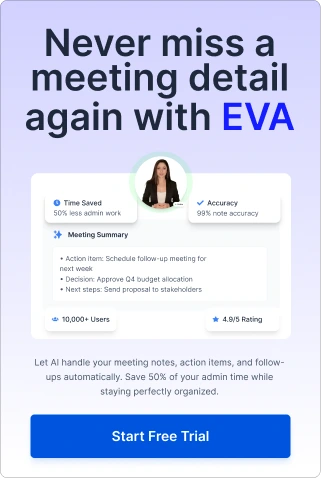In the rapidly evolving landscape of artificial intelligence, the accuracy of AI-driven solutions like chatbots is paramount. A chatbot’s ability to provide precise and relevant responses hinges significantly on its understanding of context. This article delves into the importance of context awareness in large language models (LLMs) and offers strategies to enhance your AI chatbot’s response accuracy.
Understanding Context in LLMs
LLMs process information through two primary layers: foundational knowledge and additional knowledge.
Foundational Knowledge
This layer comprises the extensive data on which the model has been trained, including various topics, languages, and writing styles. It enables the model to comprehend general information and cultural nuances. However, this knowledge is static and reflects data available only up to the model’s last training update.
Additional Knowledge
This dynamic layer is influenced by user inputs and external data sources. It allows the model to adapt to specific situations, providing more precise and relevant answers. Two key components contribute to this layer:
- Prompts: User inputs that shape the scope and focus of the chatbot's responses. Well-crafted prompts help the model filter its vast knowledge base to deliver contextually appropriate answers.
- External Data Sources: Techniques like Retrieval Augmented Generation (RAG) enable LLMs to access real-time information beyond their static training data, enhancing response accuracy.
Challenges in Context Awareness
Despite advancements, LLMs face challenges in grasping context due to:
- Statistical Nature: LLMs operate based on probabilities, which may lead to misunderstandings without clear context.
- Context Window Limitations: Models have a finite context window, restricting the amount of information they can process simultaneously.
Strategies to Enhance Chatbot Accuracy
To improve your AI chatbot’s response accuracy, consider the following approaches:
- 1. Optimize Prompt Engineering: Craft clear and specific prompts to guide the model effectively, reducing ambiguity and enhancing relevance.
- 2. Implement Retrieval-Augmented Generation (RAG): Integrate external data sources to provide up-to-date information, bridging the gap between static training data and real-time knowledge.
- 3. Utilize Parallel Context Windows: Employ methods that divide long contexts into manageable chunks, allowing the model to process extensive information without exceeding its context window.
- 4. Incorporate Memory Management Techniques: Develop systems that manage different memory tiers, enabling the chatbot to retain and recall pertinent information across interactions.
Conclusion
Enhancing your AI chatbot’s response accuracy requires a deep understanding of context awareness within LLMs. By implementing strategies such as optimized prompt engineering, integrating external data sources, and employing advanced context management techniques, you can significantly improve your chatbot’s performance, leading to more effective and satisfying user interactions.
For a comprehensive exploration of improving AI chatbot response accuracy, refer to the detailed guide by CoSupport AI.
 Free
Free







